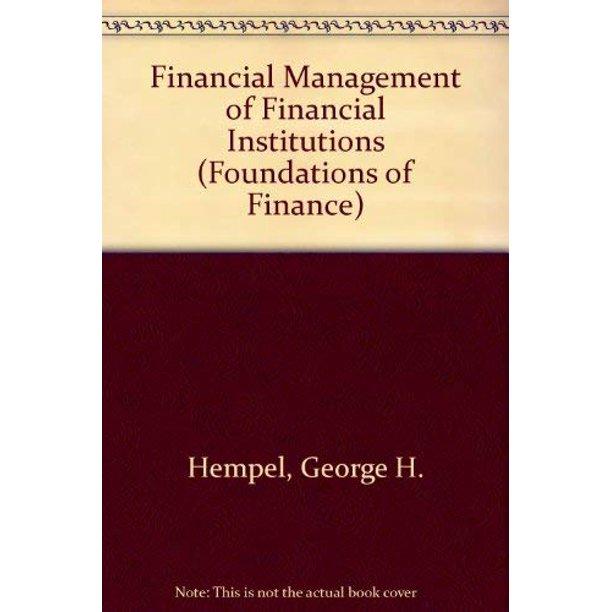Answered step by step
Verified Expert Solution
Question
1 Approved Answer
BUILD - UP METHOD SIMULATION Assignment: Prepare a capitalization rate and company specific risk using the buildup method based on the information below. Please justify
BUILDUP METHOD SIMULATION
Assignment: Prepare a capitalization rate and company specific risk using the
buildup method based on the information below. Please justify any judgments
with facts and evidence.
Risk Free Rate
Equity Risk Premium
Size Premium
Specific Company Risk
AfterTax Discount Rate
Growth Rate
AfterTax Capitalization Rate
Simulation Facts:
RiskFree Rate A safe rate or the amount that any investor would receive for a
riskfree investment. A US Treasury bond with approximately years
remaining to maturity is the typical benchmark. The rate of return for these types
of bonds on or around December XX
An equity risk premium that represents the additional premium an investor is
receiving for the risk of investing in corporate equities over riskfree investments
located in the Duff & Phelps, XX Valuation Handbook
A small company risk premium that represents the betaadjusted size premium as
illustrated in the th deciles of Duff & Phelps Key Variables in Estimating the
Cost of Capital located in Duff & Phelps, XX Valuation Handbook
A Companyspecific risk premium is added to the discount rate. The premium is
comprised of various factors such as company performance, management, future expectations and, the size of the company. In this valuation analysts judgment, an
additional premium should be added to the discount rate.
Use the following subject company characteristics in your determination of
CompanySpecific Risk range
Business revenue growth company management has outperformed inflation.
Companys financial risk. Debtfree firms have a much lower risk of financial failure than
heavily leveraged businesses. The subject company has moderate debt levels.
Operational risks. Consider the difficulty and costs associated with growing your business.
Subject company is need of technology upgrades and retraining staff.
Business profitability Is in line with industry peers.
Customer concentration. The subject company relies on a few large customers for most of
its income.
Product concentration. The subject company has a diverse product mix
Market concentration. The subject company sells into a market that is limited
Competitive position. A company has a wellprotected market niche but is exposed to large,
wellfunded competitors.
Quality of management team. The subject company has experienced business managers
Quality of staff. Staff is made of longterm employees.
Growth rate considerations select a b or c Justify your decision:
a: The year average rate of inflation in the United States
Year Revenue
$
$
$
$
$
b: Average Annual Growth Rate
c: Compound Growth
d: The discounted cash flow method is directly related to capitalization of cash
flowearnings method
PrepareofDiscountedCashFlowValuationbasedonthefollowingassumptions:
DiscountRateAfterTax
GrowthRate
CashFlowYearX $
DiscountedEarningsCashFlow
XXXXXX TerminalYearX
Growth $
PresentValueFactor
PresentValue
Valuation Method Indicated Value
Discounted EarningsCash Flow Method
Step by Step Solution
There are 3 Steps involved in it
Step: 1

Get Instant Access to Expert-Tailored Solutions
See step-by-step solutions with expert insights and AI powered tools for academic success
Step: 2

Step: 3

Ace Your Homework with AI
Get the answers you need in no time with our AI-driven, step-by-step assistance
Get Started


